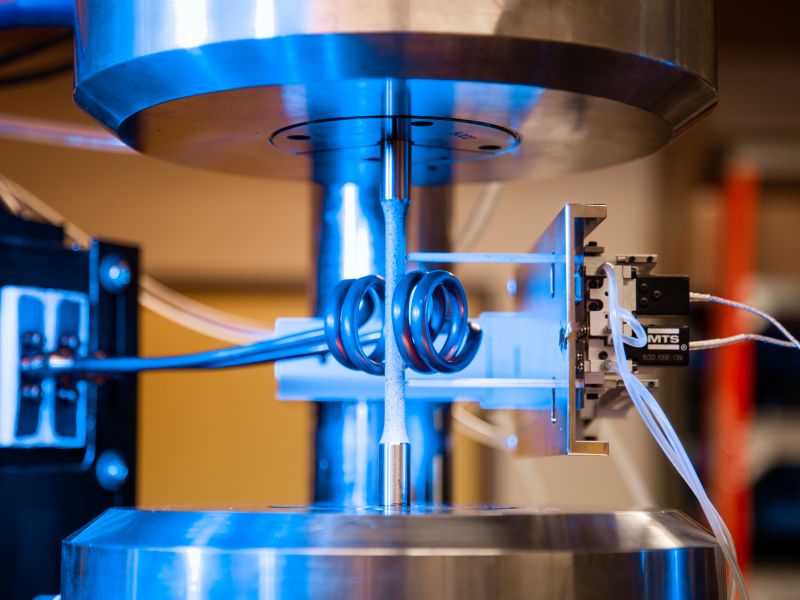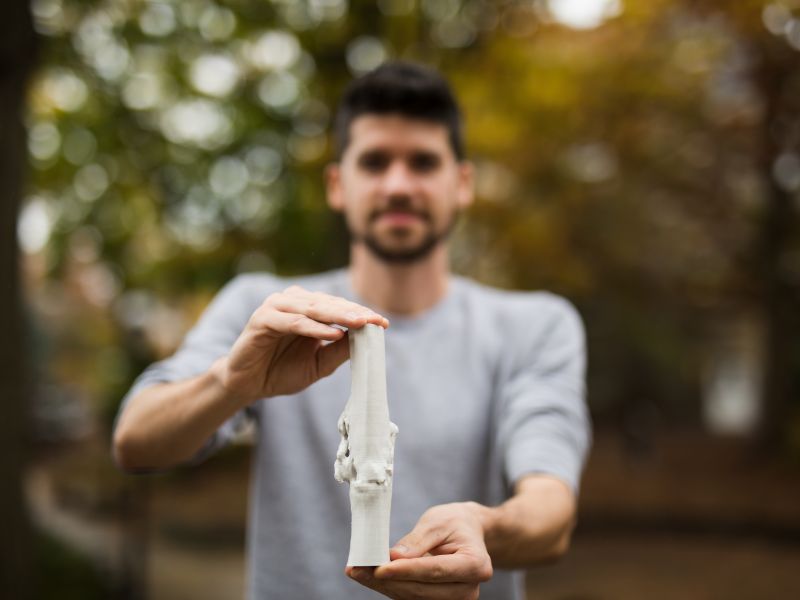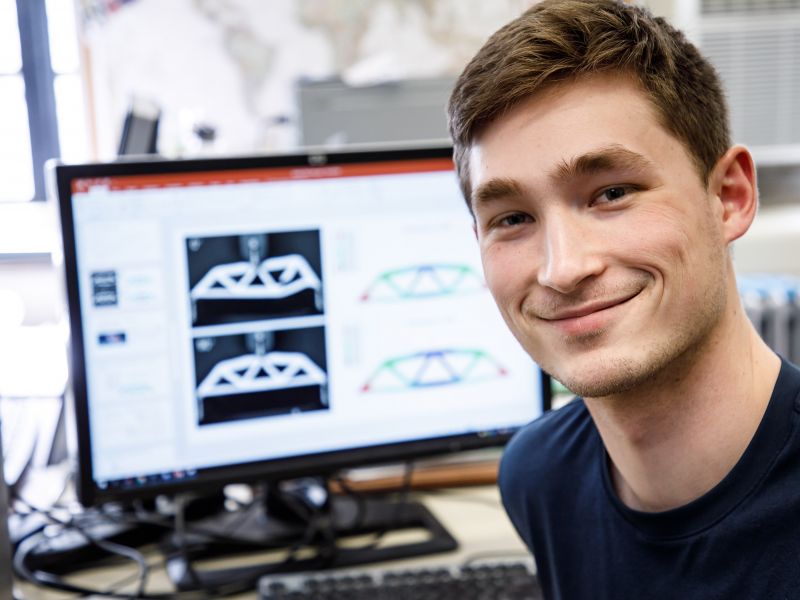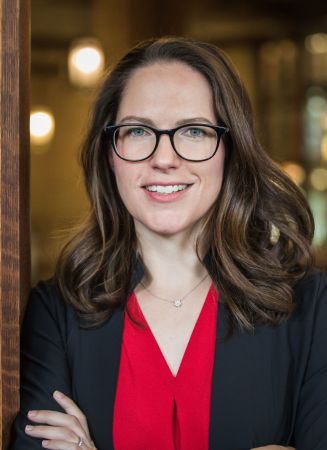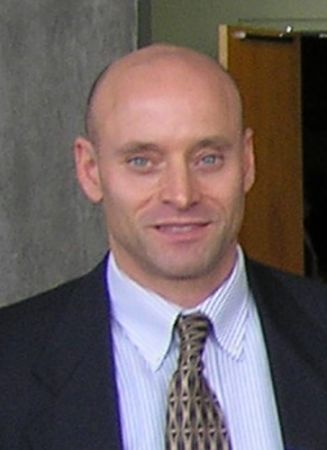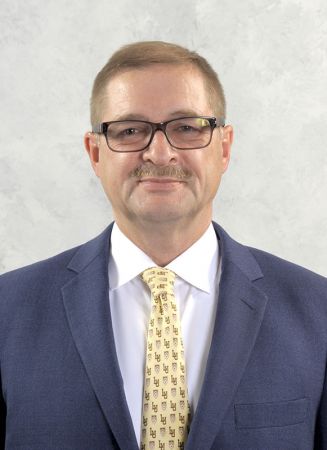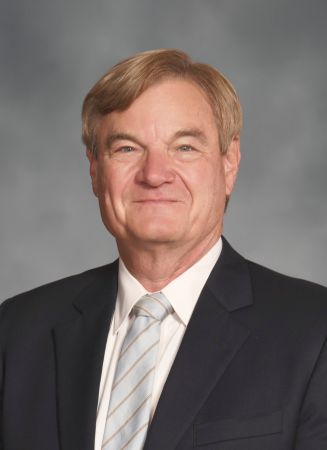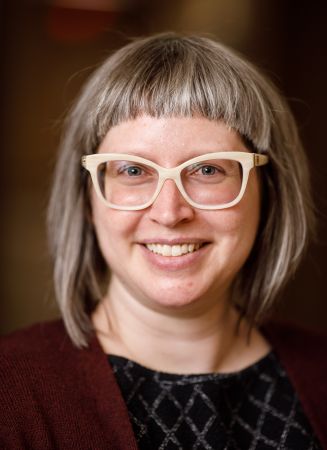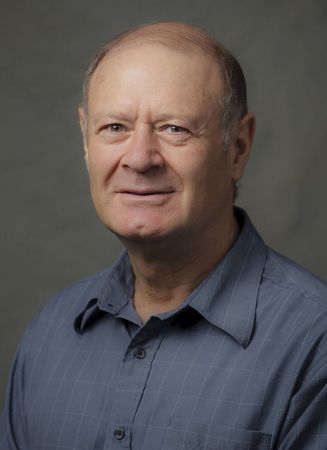Solid Mechanics Research
Our solid mechanics research spans length scales from railroads to proteins and includes applications such as high-performance vehicles, additive manufacturing, broken bones, and much more. Browse below to learn more about our faculty-led research labs in solid mechanics.
Natasha Vermaak's lab studies the mechanics of materials and structures with a focus on design and optimization. They use computational and experimental techniques to address problems of thermostructural design, materials degradation, and durability. Research updates and lab news can be found on Twitter @VermaakLab.
Graduate student placements: Siemens, Victaulic, Ingersoll Rand, Light Efficient Systems S.A., GE
Read more about Prof. Vermaak and one of her projects on topology optimization in additive manufacturing.
Hannah Dailey’s lab uses engineering mechanics approaches to study the biomechanics of bone fractures and bone healing in response to mechanical loading. Her lab collaborates with orthopaedic surgeons outside Lehigh and is pioneering new techniques for virtual mechanical testing using image-based finite element models. These large simulations are run using Lehigh’s high-performance computing (HPC) infrastructure. Research updates and lab news can be found on Twitter @DaileyOrthoLab.
Graduate student placements: DePuySynthes Spine, AO Research Institute Davos (Switzerland), Cytek Biosciences, New Hudson Facades
Below: This 3D-printed model of a partially healed bone was built from a CT scan and reveals a complex structure of new bone forming at the fracture site.
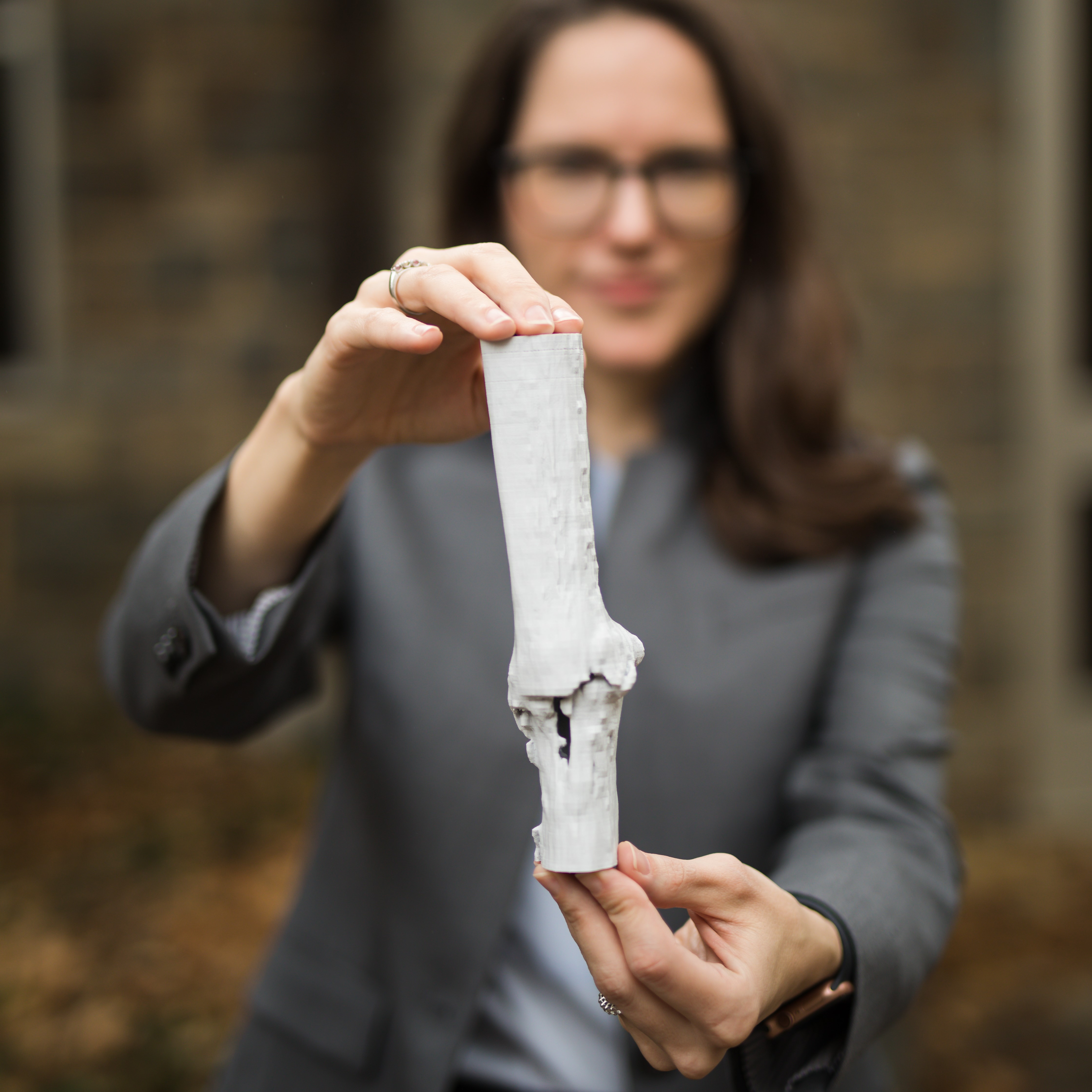
Read more about Prof. Dailey.
Herman Nied’s lab focuses on theoretical and computational mechanics, including research in fracture, fatigue, welding, residual stresses, thermal shock, polymer processing, flexible composites, electronic packaging, MEMS, and shock and vibration loading. Projects have also included the development of specialized finite element software for the simulation of fracture, fatigue, and additive forming processes.
Graduate Student Industry and Postdoctoral Placements: Texas Instruments, CGG Services, Thailand Institute of Scientific and Technological Research, Hyundai Steel, Corning Glass, SAFRAN Aerospace (Belgium), Amkor Corporation, Honeywell, LineVision, Dover Precision, Komline-Sanderson, Autodesk, GE Healthcare, GE Global Research, GE Power Systems, GE (China), Pratt & Whitney, Boeing, Knolls Atomic Power Laboratory, and Samsung
Graduate Students in Faculty Positions: Qassim University (Saudi Arabia), Babylon University (Iraq), Bilgi University (Turkey), Sakarya University (Turkey), Hacettepe University (Turkey), National Cheng Kung University (Taiwan), and Lafayette College (PA)
Read more about Prof. Nied and his work on railway fatigue.
Edmund Webb's lab uses atomic and molecular scale computational simulation methods to explore thermodynamic and mechanical properties of materials, with emphasis on behavior in complex flow scenarios. Explorations by the group include human blood protein structure/function response in varying flow conditions, nanoparticle suspension capillary flow behavior, and other interface flow and growth problems. We employ explicit atomistic and coarse grain molecular simulation codes that utilize local and national supercomputing facilities to conduct our research. The group collaborates closely with companion experimental groups, enjoying highly multidisciplinary studies.
Research updates and lab news can be found on Twitter @WebbMeMESLab.
Graduate student placements: DoD Joint Artificial Intelligence Center, UBTECH Robotics, Penn State, Eastern University, Western Washington University
Read more about Prof. Webb and one of his projects on the biomolecular response of blood proteins under flow conditions.

